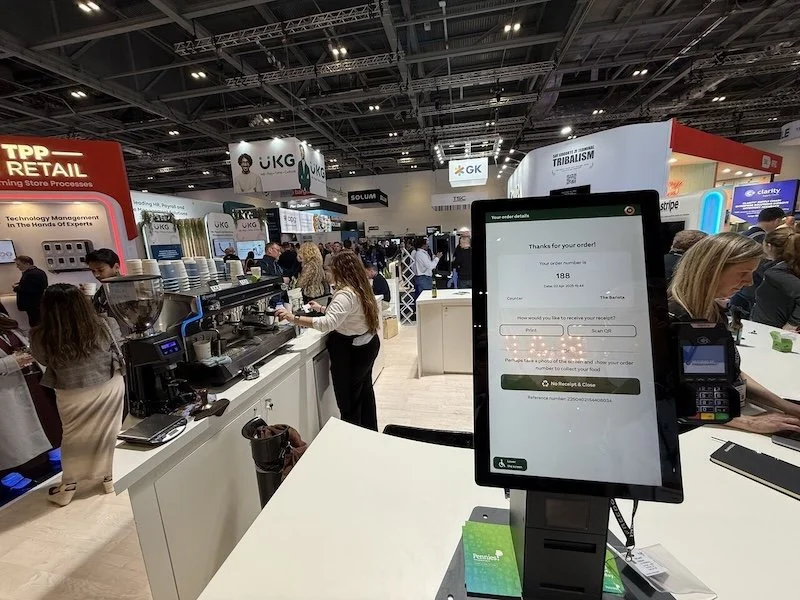IT procurement made easy: expert tips for smarter buying
Although purchasing IT equipment and software may seem straightforward, without a clear strategy, businesses usually end up overspending, facing delays and dealing with compatibility issues. IT procurement is more than simply acquiring technology - it is about making informed decisions in order to optimise costs, efficiency and security.
Only with a structured approach can companies invest in hardware and software that helps to scale their needs while reducing wasted budgets and operational inefficiencies. Here are some useful tips to achieve it.

1. Plan While Considering Future Needs
A well planned procurement strategy starts with understanding business objectives. Companies should consider both immediate and long-term IT requirements, ensuring purchases align with their growth and operational plans.
Unfortunately, many fall into the trap of buying tech reactively, only addressing needs when problems pop up. Instead of that, a proactive approach anticipates future demands to help the business avoid last-minute scrambles.
2. Standardise IT Assets
Standardisation is another key factor in IT procurement, because when businesses purchase different brands and models for similar purposes, compatibility issues emerge. A standardised approach simplifies troubleshooting and maintenance, improves security through uniform updates, and reduces training times for employees.
It also allows companies to take advantage of bulk purchase opportunities, securing better deals from vendors and streamlining support services.
3. Consider Total Cost of Ownership
Beyond the initial cost of IT purchases, you should also consider other fees and charges involved. Usually, the cheapest option on paper is not necessarily the most cost-effective in the long run. Maintenance and support costs, energy efficiency, and upgradeability all contribute to the true expense of an IT asset.
As a result, it’s better to choose reliable and high-performance hardware that sometimes requires a larger upfront investment. But in the end, the result is fewer replacements, lower repair costs and a longer lifespan.
4. Build Stronger Vendor Relationships
Only businesses able to establish long-term partnerships with suppliers manage to secure better pricing, faster delivery times and priority support. Vendors are likely to provide better terms when they know a company is a long-term customer.
Additionally, multi-vendor procurement strategies can be useful in ensuring you always find the best deal. Comparing options across suppliers allows flexibility in terms of pricing while also reducing dependency on a single provider.
5. Use Automation for Greater Efficienty
Thanks to technology, IT procurement is now more efficient than ever, particularly with the rise of automation. It’s a common practice among professional businesses to use IT asset management software in order to track procurement, reduce human error, and optimise spending.
Using these solutions, companies maintain visibility over their IT assets, prevent duplicate purchases, and generate reports that help with budgeting and compliance.
Summary
It’s clear that a well-executed IT procurement strategy saves time, reduces costs and enhances operations. By following the above-mentioned tips, businesses can prioritise standardisation, automation, security and vendor management. Ultimately, this leads to optimal IT investments and professional business management, materializing in higher profit margins and sustainable growth.






























Continue reading…